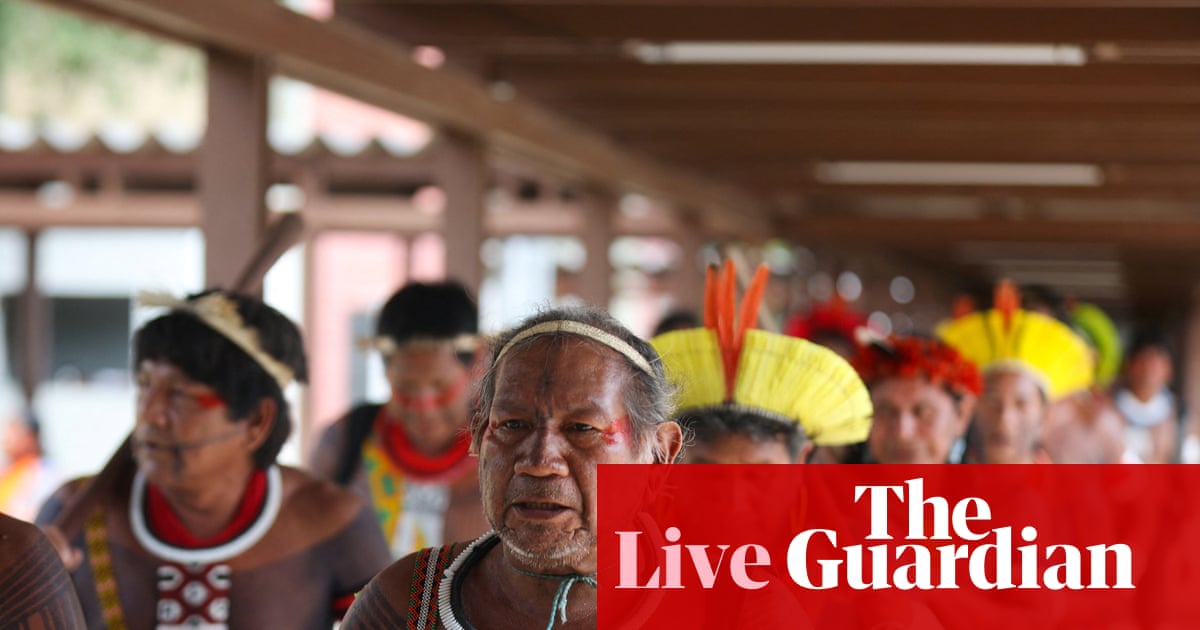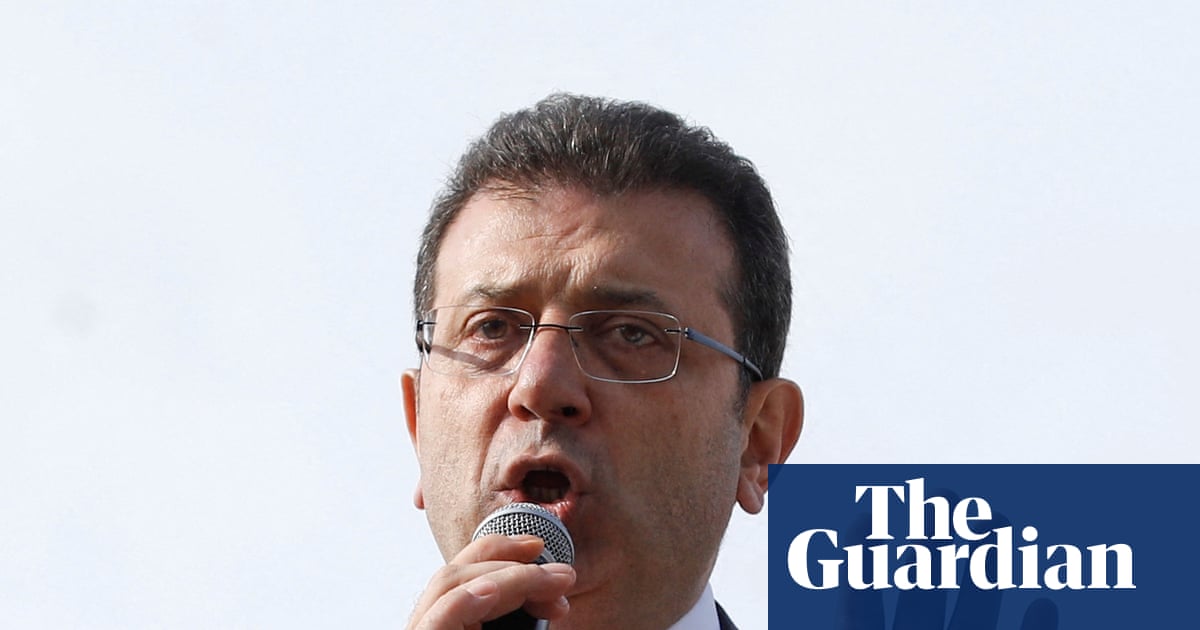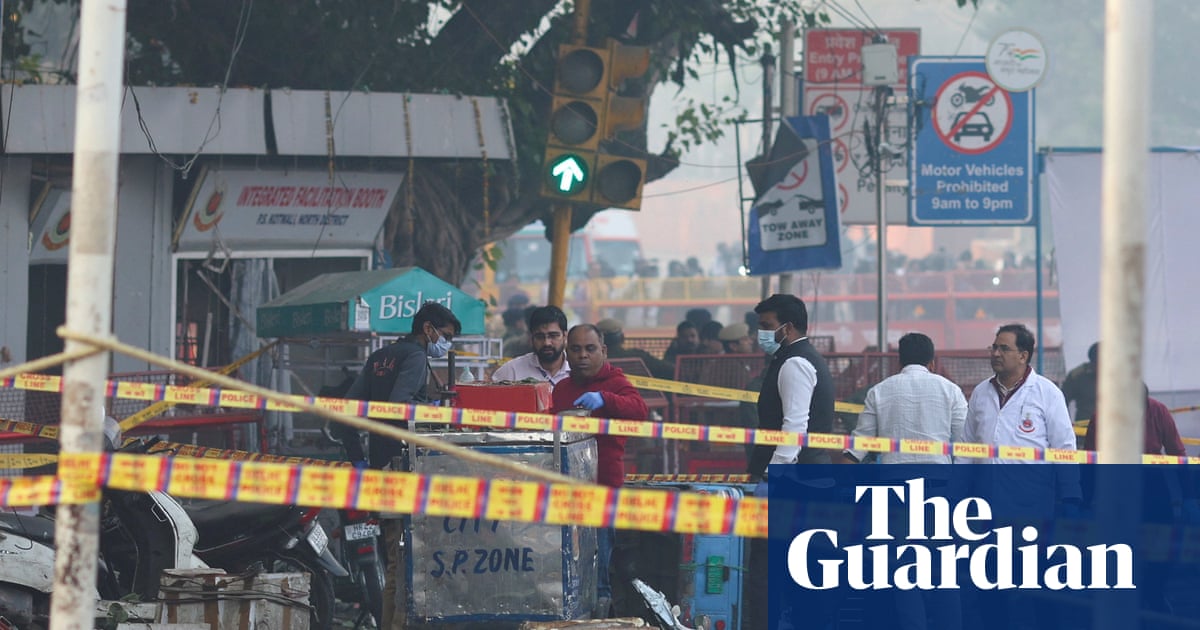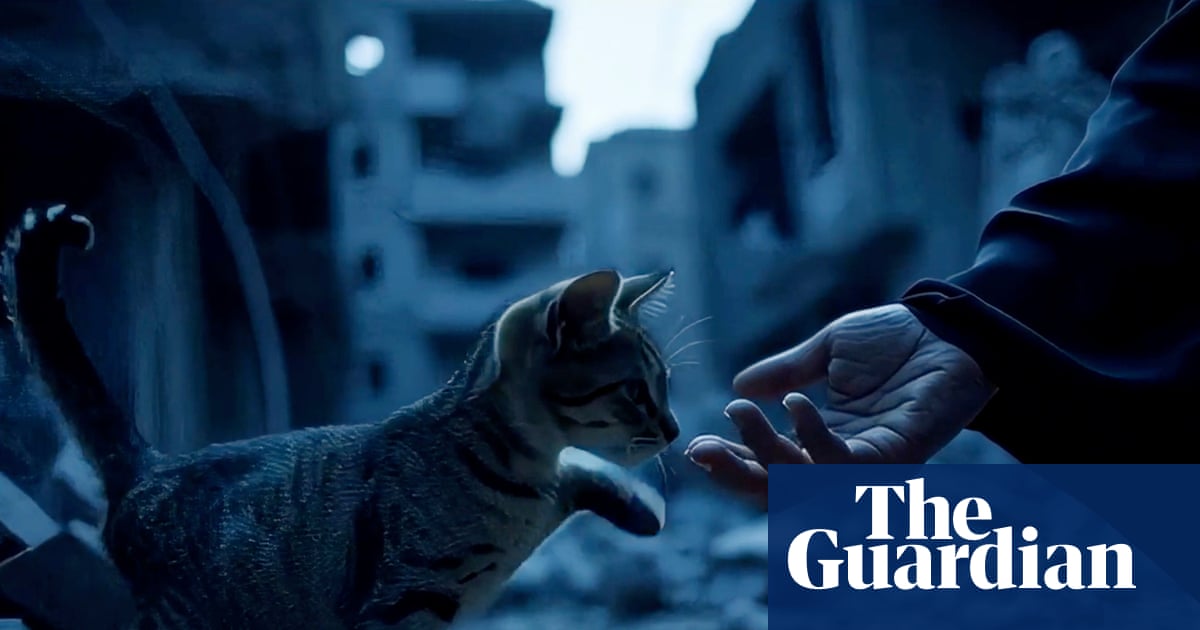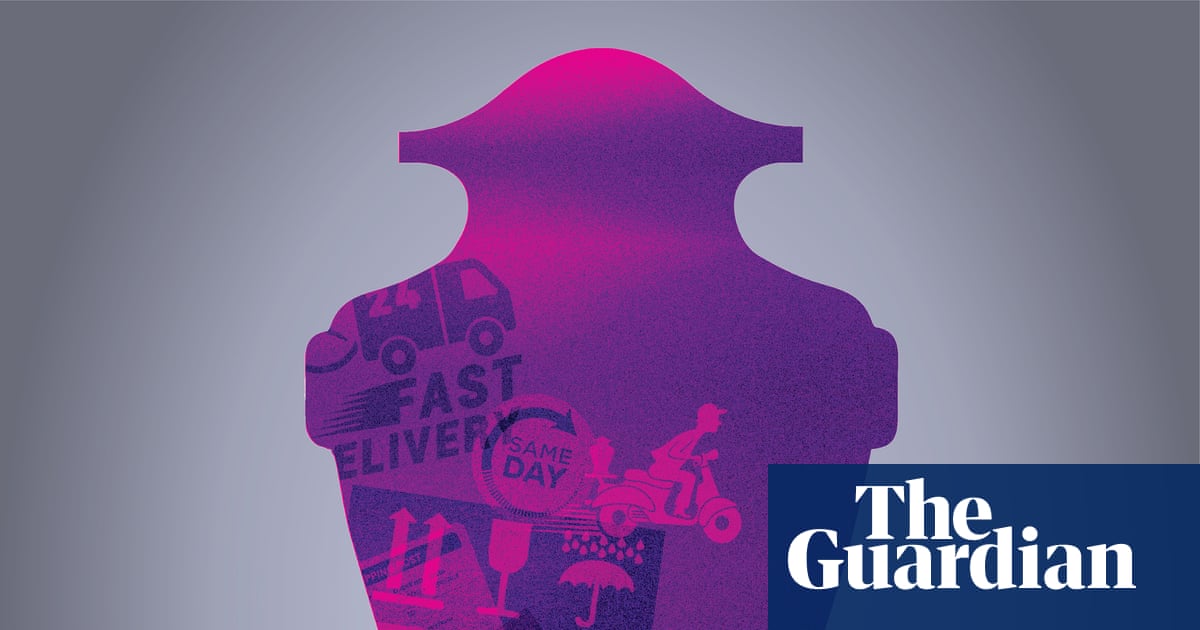Ibrahima Ka, dressed in flowing indigo robes, gathers his herd with those of his neighbours before a stretch of lush, untouched pasture. The bellowing, heaving and trampling of 350 impatient zebu cows behind a wire perimeter marks a break with centuries of herding tradition in Senegal, west Africa. Rather than roaming freely across the country’s vast grasslands, shepherds tightly pack the herd together, confining them to graze in short, intensive bursts before being moved to a new plot.
Ka, the village chief of Thignol, is spearheading the first pilot of “mob grazing” in Senegal, aiming to mimic, on a much smaller scale, how wildebeest flow across the Serengeti, moving to protect themselves against lions and cheetahs. The idea that intense grazing can regenerate grasslands rather than accelerate their decline has been controversial. Initially, proponents argued it could help to solve the climate crisis through storing carbon in regenerated grasslands – a claim with little scientific basis. But there is some evidence that the method can boost biodiversity and grassland health in dry areas such as Senegal.
Ka felt he had little choice but to experiment. The verdant paddock before him will soon be unrecognisable, turning desert-like after the rainy season ends. His community’s grass is running out faster than ever before, making their cows thinner, less productive of milk and harder to sell for meat.
“The richness of our community is based on our animals – if they suffer, so do we,” says Ka.
A third of Senegal’s pastures are degraded – sparse, patchy grass, bare soil, few trees – due to overgrazing and erratic rainfall caused by climate change, says Dr Tamsir Mbaye, who leads the Pastoralism and Dryland Centre in Senegal. Across Africa, 75% of drylands, or nearly two-thirds of the continent, are in a poor state, according to the UN.
This pilot is showing early, but promising, signs of regeneration. After 18 months, Ka says he has witnessed the return of species of grass, insects and saplings not seen for decades.
Ordinarily, Ka’s son, Sadibou, shepherds the family’s cattle and sheep freely over rangelands punctuated by ancient baobab trees and wispy acacias. This scattered approach is a key contributor to degradation, says Joaquín Cadario, an agronomist at Action Against Hunger, an NGO supporting the pilot.
This freedom to roam means animals select grasses they prefer, wiping out some species. Once their favourite grasses disappear, they eat young trees, killing them before they mature.
“Look around, there’s only old trees here,” says Cadario. “If you had a village with just old people, it will die out at some point. It’s the same with trees.”
For the experimental 127-hectare (314-acre) plot, Ka and 10 neighbouring families have formed a community herd of approximately 350 cows and 2,000 sheep, moving them through a football pitch-sized plot of pasture every day. Ideally, concentrated together, they will only munch what is in front of them while their hooves tear up the thick crust of dry soil, creating space for new species and increasing water absorption, essential for adapting to climate change as droughts grow longer. A recent test found the experimental plot absorbed 60% more water.
Once grazed, the ground is rested for a year, giving the grasslands time to grow back and trees to mature. Despite the initial positive signs in the Senegal pilot, scientists say that mob grazing is no magic bullet, and there is a fine line between regenerating and damaging grasslands.
“The scientific line on mob grazing is that it’s so nuanced,” says Dr Cecilia Dahlsjö, a senior researcher at the University of Oxford’s Leverhulme Centre for Nature Recovery. Myriad factors – geography, herd sizes, rest period, rainfall – determine whether the approach boosts or degrades biodiversity, she says. “Mob grazing can be beneficial for biodiversity, soil water absorption and structure, but if you go too far, it can be detrimental, and the soil can become too trampled and compacted.”
Likewise, Craig Morris, a livestock lecturer at the University of KwaZulu-Natal in South Africa, said context was key, but semi-arid grasslands such as Senegal’s “have the greatest promise” for mob grazing, where pastures are degraded and rainfall scarce.
Ka’s mob has attracted intrigue. Herders from the 80,000-hectare reserve where he lives, further afield in Senegal and even neighbouring Mauritania, have visited the plot to see the results. But whether this approach can scale will depend on leaders such as Ka, who can mobilise large groups. Another pilot only 19 miles (30km) away failed when herders ignored the rest rules owing to a lack of community buy-in.
Ka promises that local herders will show up. And the next morning, the mob of 350 cows and their owners congregate before the perimeter. Young shepherds in elegant robes and sleek sunglasses enjoy a respite from solitude to joke together and play music on a Bluetooth boombox.
At 10am, the animals surge in, hoovering up fresh pasture, as the shepherds whistle and hoot to keep them tightly packed. Moustapha Ka, Ibrahima’s brother, strolls over to show off a fibrous, green plant – one that he used to see when he was young.
“These are small changes,” he says. “But in five or six years, more species of plants, insects and trees will come back.”

 2 hours ago
2
2 hours ago
2



